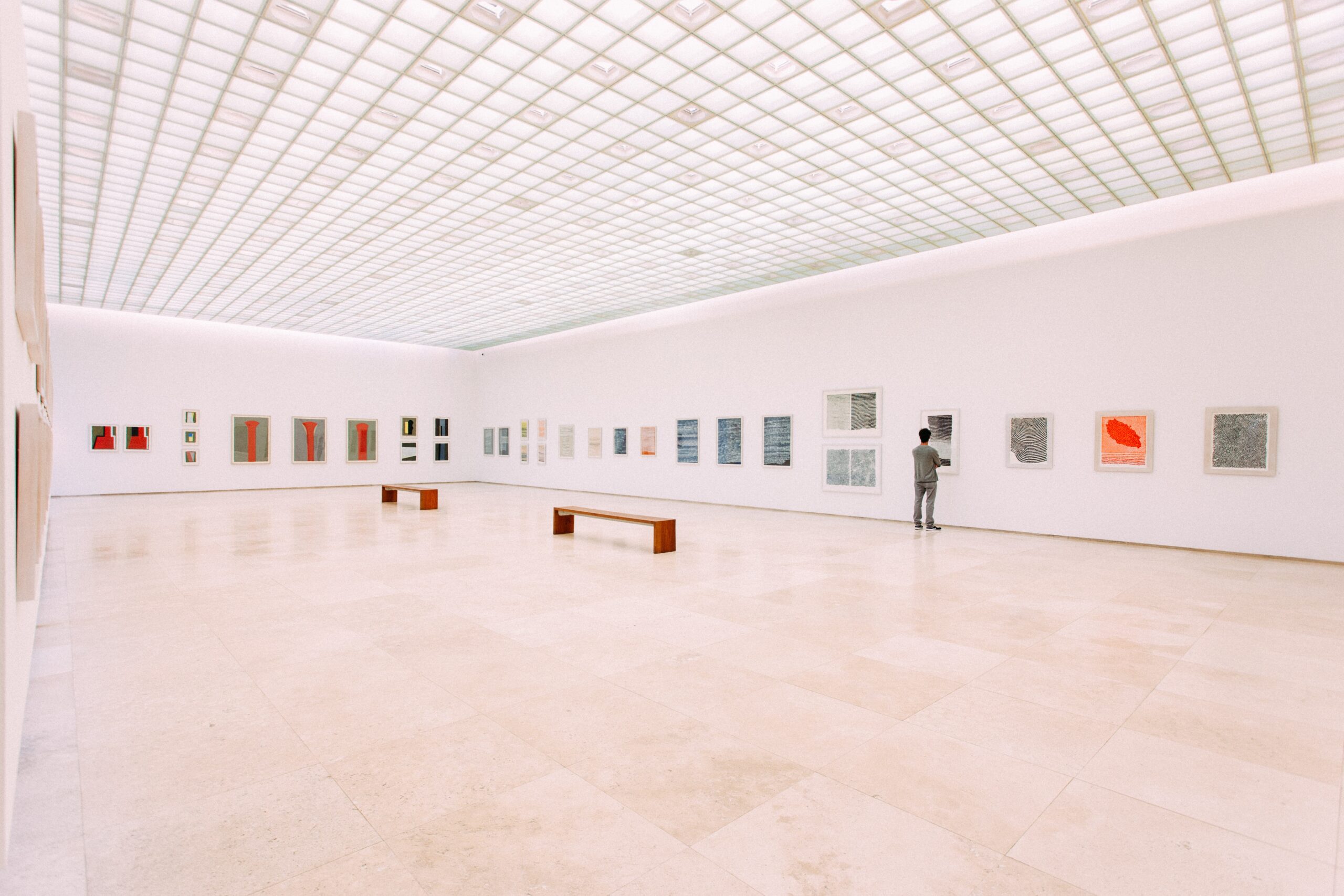In a bold departure from conventional construction methods, three visionary German architects from Stuttgart are championing a groundbreaking approach to building structures: Baubotanik, or ‘building botany.’ Ferdinand Ludwig, Oliver Storz, and Hannes Schwertfeger, the trailblazing minds behind this innovative concept, are reshaping the future of architecture by incorporating living plants as foundational elements in construction projects.
The trio envisions a future where entire cities and houses seamlessly merge with nature, reaching towards the sky with roofs and walls composed of flourishing ash, poplar, and plane trees rooted firmly in the soil. Baubotanik has already materialized into bridges, pavilions, and bird-watching houses, showcasing the practicality and aesthetic potential of this unconventional architectural discipline.
Contrary to being utopian dreamers, Ludwig, Storz, and Schwertfeger emphasize the practical exploration of the potential inherent in reimagining trees as essential building support structures. The success of their projects, such as the living skywalk and a twenty-meter bridge at Lake Constance, has gradually gained recognition, sparking interest in the intersection of architecture and biology.
Baubotanik’s approach emphasizes the intelligence of plants as building materials, with Ludwig asserting that plants exhibit “constructive intelligence” through evolutionarily developed advantages. The growth process of plants optimizes force and tension, creating a dynamic and resilient living structure that adapts to its environment over time. The architects deliberately expose the building material to strain, fostering the development of knots at crucial supporting points.
While embracing the spontaneity of nature, Baubotanik acknowledges the symbiosis of nature and artificiality, using non-living technological materials in conjunction with living plants. The architects view their creations as both artifacts and living beings, allowing nature to continue its design process even after construction seemingly concludes.
Baubotanik’s embrace of the dynamic and ever-changing nature of its structures challenges the traditional notion of static architecture. Oliver Storz highlights the evolving nature of Baubotanik, where buildings change through the years and seasons, influenced by users, care, or neglect. The inherent impermanence becomes a distinctive feature, challenging the conventional pursuit of architectural permanence.
Looking ahead, the architects aim to push the boundaries further, exploring the possibility of constructing three-story high tree structures with young plants. They envision the creation of ‘high rise parks’ with aesthetic and ecological qualities, typically taking decades to develop in traditional settings. However, they acknowledge the need for a robust network of collaborators, including scientists, and emphasize the importance of time in realizing the full potential of Baubotanik.
In their quest to merge architecture with the organic growth of nature, Ludwig, Storz, and Schwertfeger are not merely building structures; they are crafting a living narrative where architecture becomes a process-based event, embracing the inevitability of the system’s eventual transformation and decay as an essential part of its beauty and legitimacy.





